The general concept of property leveraging is simple, yet not everyone knows how it works in practice. The basic idea is to use other people’s money to increase the potential return on your investment. This is done by adding to your existing capital with funding borrowed from various sources such as bank loans, mortgages or even friends and family.
With this larger pool of money achieved through the help of external sources of funding, you can then invest in a larger property asset, such as a property with three or more bedrooms, or spread your money across multiple properties, in order to improve returns.
While the general principle will be easy enough to grasp, there are some important considerations that investors should make before partaking in this kind of property investment. We’ve outlined what these are, alongside suggestions of how well this particular method may perform in 2019.
Why leverage?
Leveraging allows you to do more with the money you have. With more capital, you can invest in a property with greater potential for return and therefore make more money than if you were only to put in the available cash you had access to.
You may also choose to spread your money across multiple assets with a larger pool of funds, and therefore, spread your risk as well as increase your overall returns when taking into consideration property appreciation and rental income.
Some people’s natural inclination would be to pay 100 per cent of a purchase price upfront, but this is not always the best way to maximise your returns.
How does it work?
There are a number of ways property leveraging can work. Here are some basic examples.
- As an investor, you may have £70,000 to put toward a property. You could choose to put all of this into a small house or flat and own the property outright. This would produce no leverage.
- Alternatively, you could use your £70,000 and borrow an additional £30,000 from the bank or take out a mortgage loan, and subsequently, buy a larger house worth £100,000. This would produce 30 per cent leverage.
- You could also use your £70,000 and put this towards two £100,000 properties, using finance to cover the remaining value. This will produce 65 per cent leverage.
With all these options, you would be using the same original amount of capital that you had but you would be choosing to invest it in different ways, resulting in the different potential for returns.
Leveraging property in 2019
The first thing on people’s minds this year when considering property investment is probably falling house prices and how things like Brexit and the changing European economy will impact the value of UK houses.
When it comes to property leveraging, this may not be the best environment as the advantage provided by leveraging can weaken as your loan payments increase your carrying cost for the property.
Having said this, it could well be the case that prices slip to a point where buying property will become much cheaper than it has been in recent years. So if you are looking for a longer-term investment, the percentage increase of your property’s value could increase much higher than if you were to buy at a time when property prices were high and steadily rising.
So, for those who are considering property investments this year, it may well be a great chance to snap up some discounts on the market if prices do indeed fall, through using property leveraging.
Many analysts are fairly confident that the market will eventually pick up, whether this is due to the sheer population growth in major cities, or the lack of new houses being built. The fundamentals of supply and demand suggest the value of properties in the UK will be sustained for years to come.
Final considerations
Here are some final takeaways for those of you who are considering property leveraging this year:
- Make sure that you are realistic in your expectation of property value appreciation and rental income. It’s much safer to plan for the worst when you are calculating whether your investment is viable.
- Understand your obligations. If you assume the role of a landlord, you must factor in the time and costs associated with being one. This includes the cost of void periods and property management fees. It is important to find an arrangement that is practical and manageable for you in the long term.
- Remember the basic rules of property investment. This is especially important when purchasing rental properties. You will still need your asset to generate cash flow, so when choosing your properties, remember that it will need to generate positive revenue while you own it and, therefore, there will need to be a demand for rented accommodation in the surrounding area.




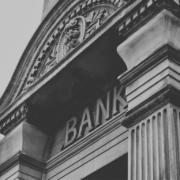


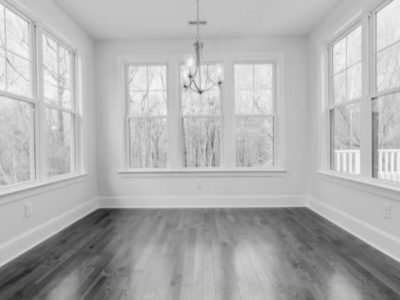
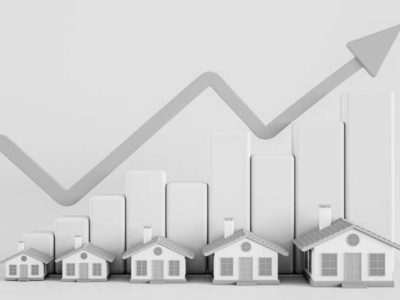

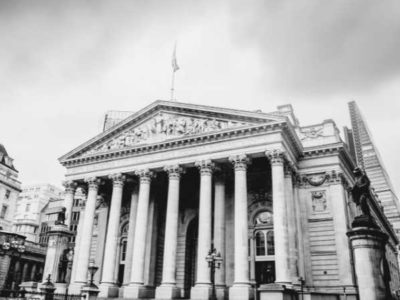




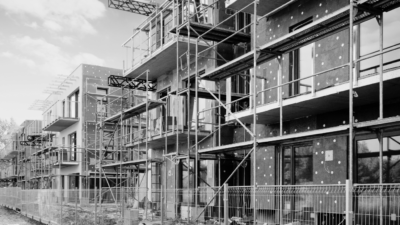








Comments